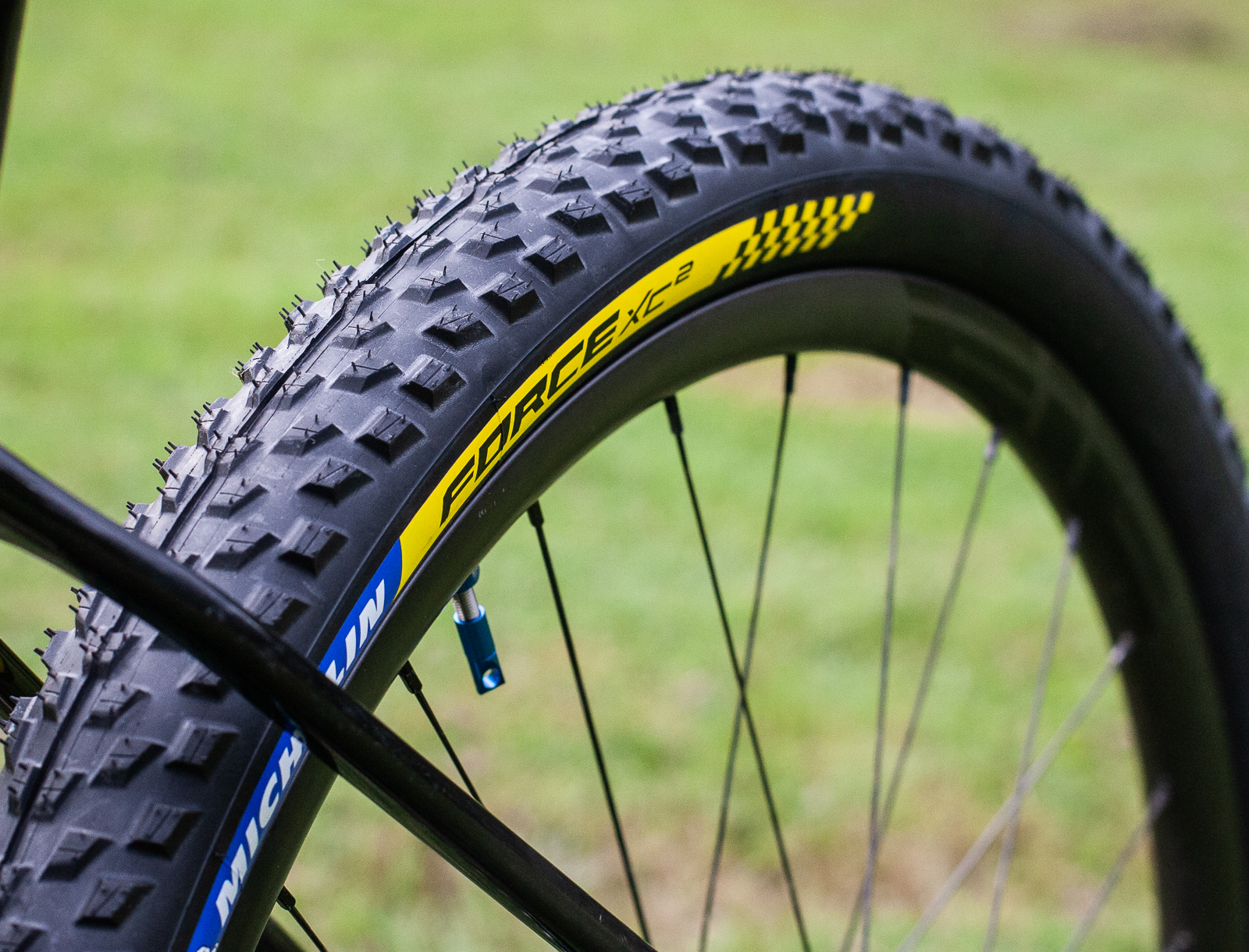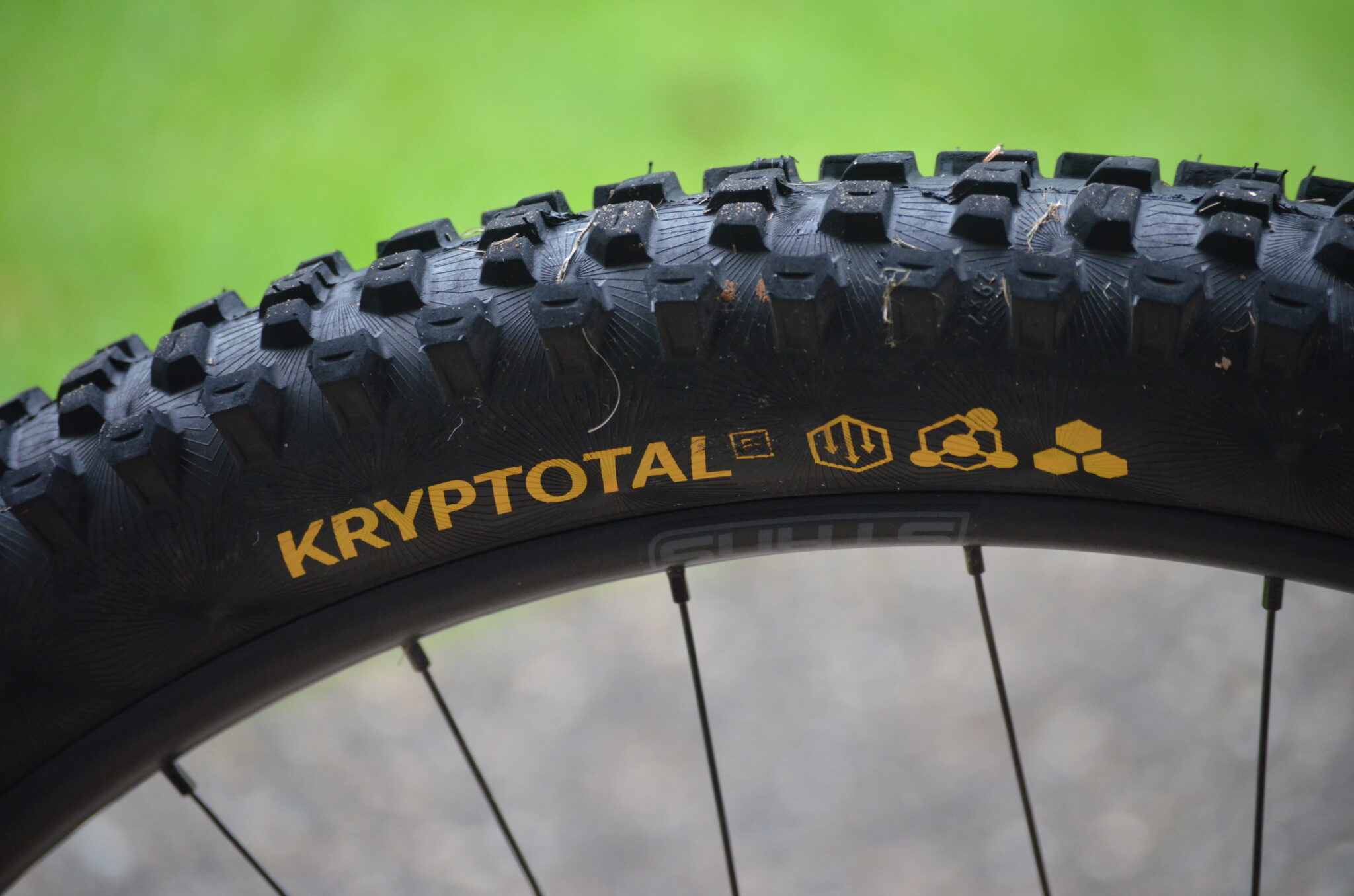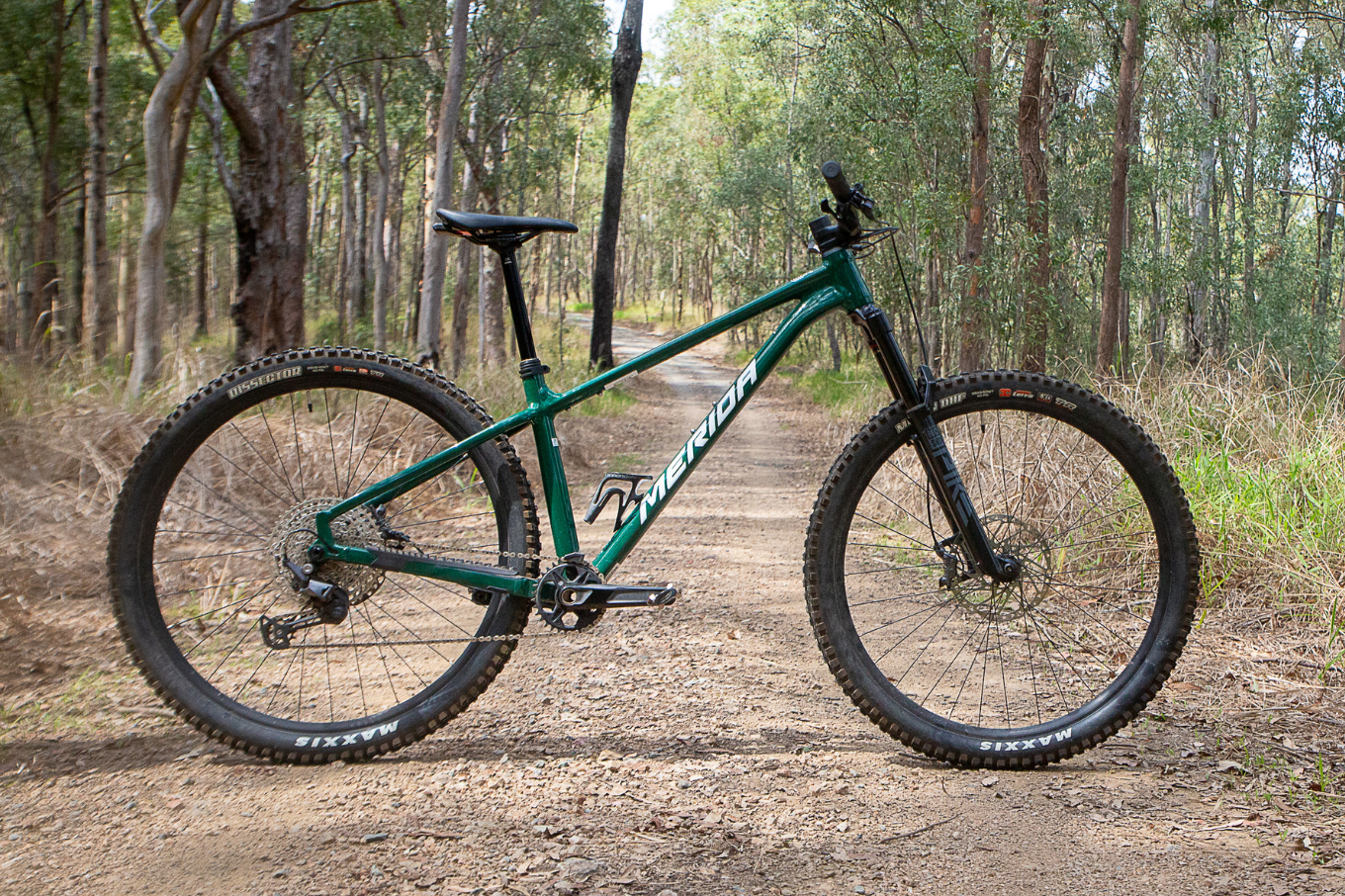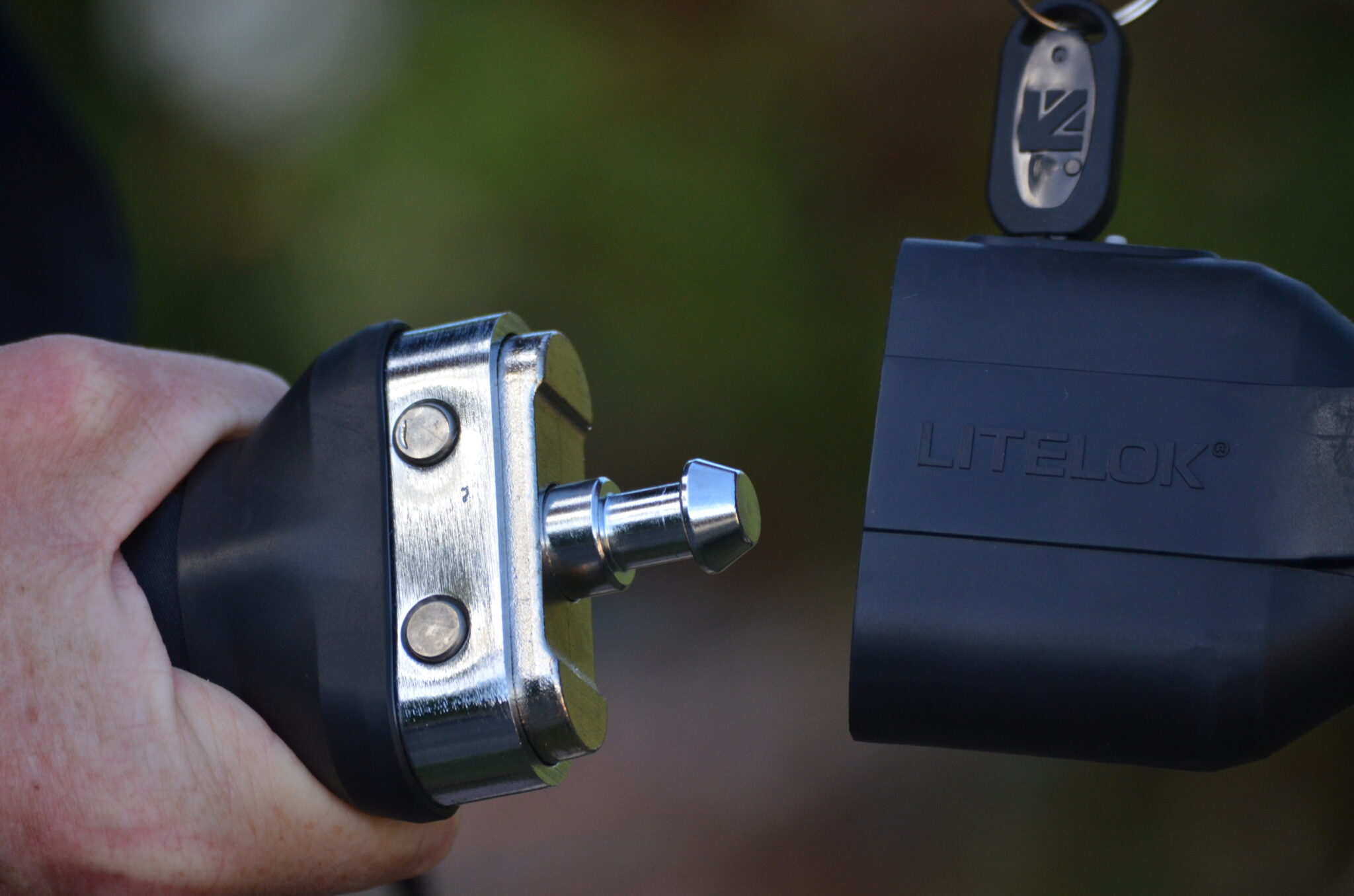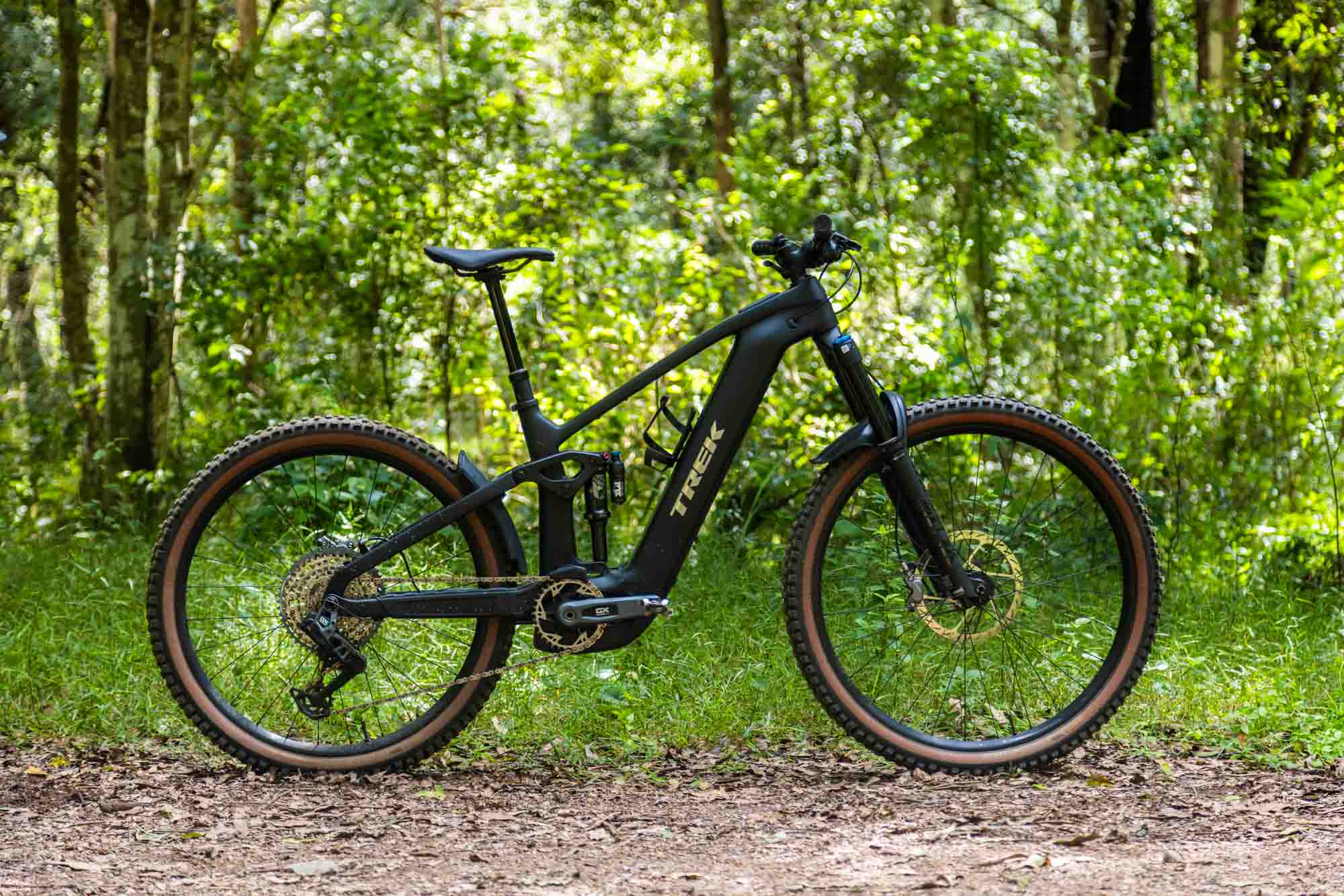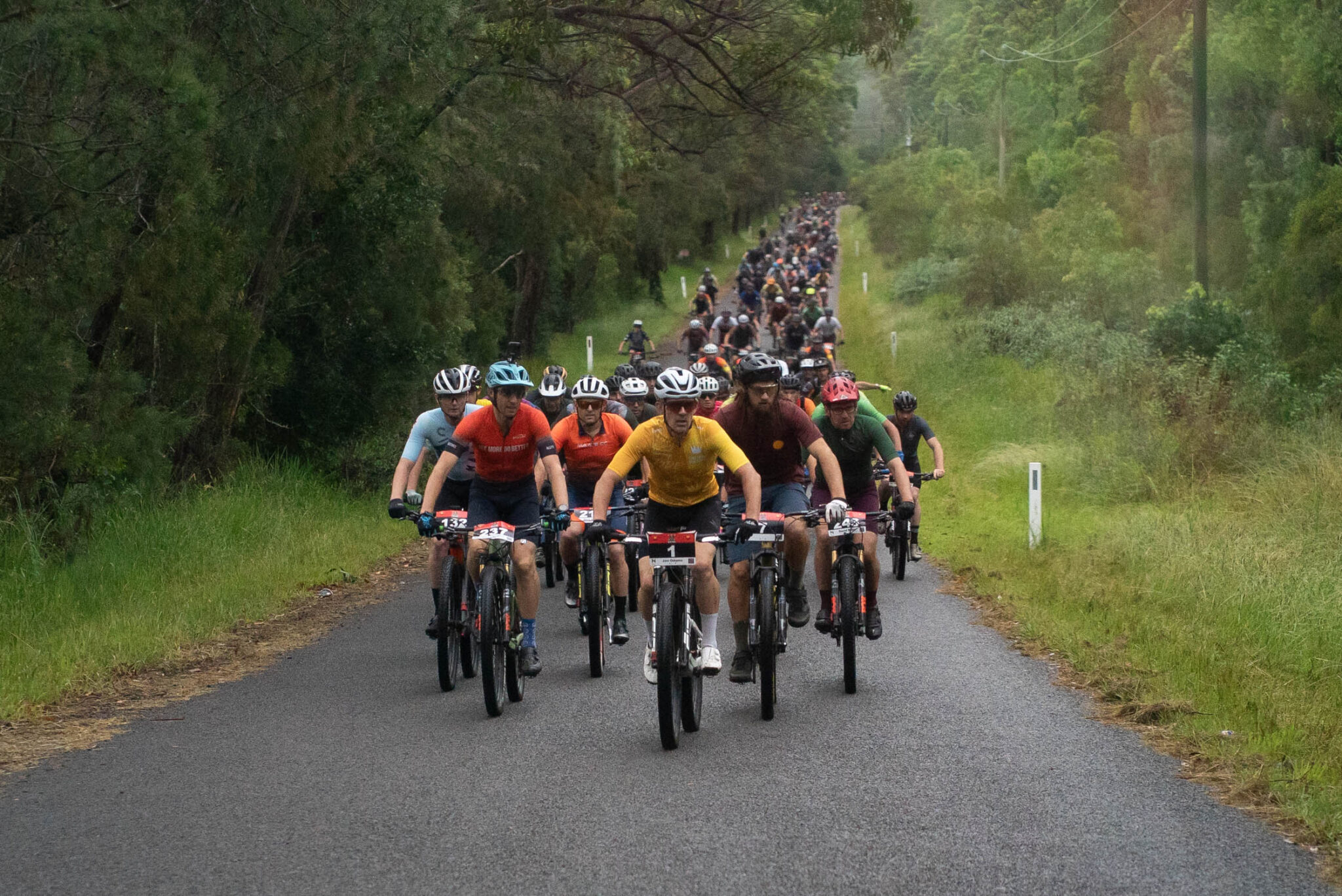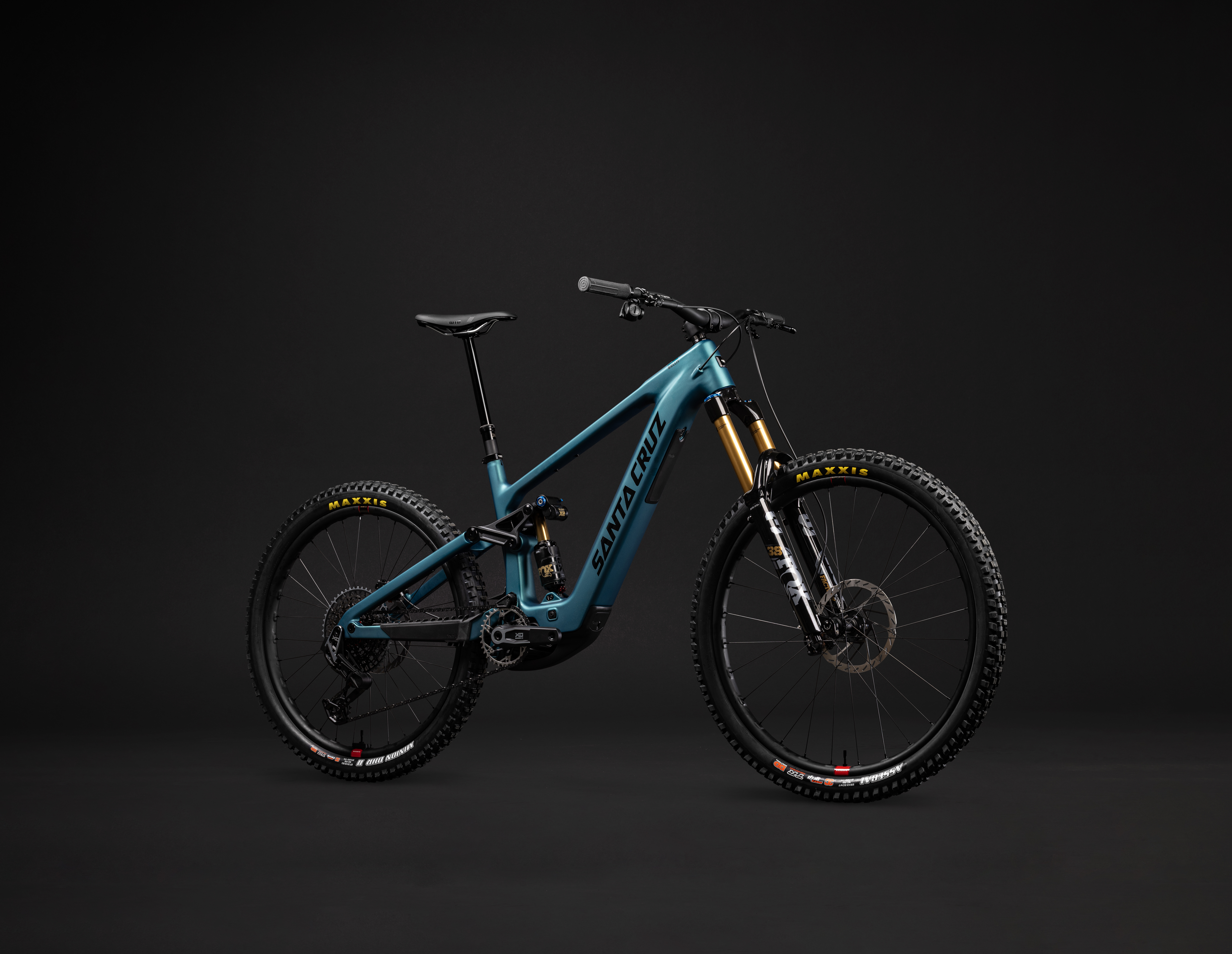TESTED: Michelin Force XC2 Race
The tyres roll fast, wear well, and the casing is high quality with puncture protection. Best of all, you still get excellent edge knob grip, and it really grabs you as a fail safe of sorts.
Words and photos: Mike Blewitt
Michelin are synonymous with tyres, and have lead the charge with cycling tyre technology. In recent years, their Enduro and Downhill tyres have won global acclaim. Their gravity rubber has been built to meet the standards of global athletes with class-leading strength and performance. However Michelin’s cross-country and light trail tyres were in need of a revamp – enter the XC2 series, with the new Wild XC and redesigned Force and Jet. All the tyres come in 29” only, and they now come on easily recyclable cardboard packaging, with minimal ink use.
Casing and rubber
A good tyre starts with the casing and the rubber used, and Michelin’s Racing Line XC tyres use two layers of 150tpi (threads per inch) material over the body of the tyre. This is doubled up above the bead for extra pinch protection. For puncture protection, Michelin add a high density fibre to the casing from bead to bead. The result is a fairly supple feeling casing, that still feels like it has some strength to it for the demands of a modern cross-country tyre.
Michelin also have Performance line models, which use 3 layers of 60tpi material and the high density puncture protection. This will create a stiffer and stronger casing, that won’t be as supple for the higher levels of traction and reduced rolling resistance.
The rubber is the same across all new Michelin XC2 tyres, with a single compound Gum-X compound. It’s said to be the balance of rolling speed, grip and durability that Michelin wanted. As it’s a single compound, you should find the chemical grip of the rubber stays consistent as the mechanical grip (tread) wears. Both the Racing Line and Performance Line uses the same Gum-X rubber. It doesn’t feel as soft as their Enduro line, which makes sense given cross-country racers want fast rolling speeds and better tread wear.
The tyres were fitted to a pair of 30mm and 29mm internal rims. The bead is a tight fit, typical of Michelin, but there’s enough stretch that even though I thought I’d be reaching for many levers, one Pedro’s tyre lever fitted them up each time. I used Orange Seal Endurance sealant and they held pressure extremely well throughout the whole test, with no burps or punctures.
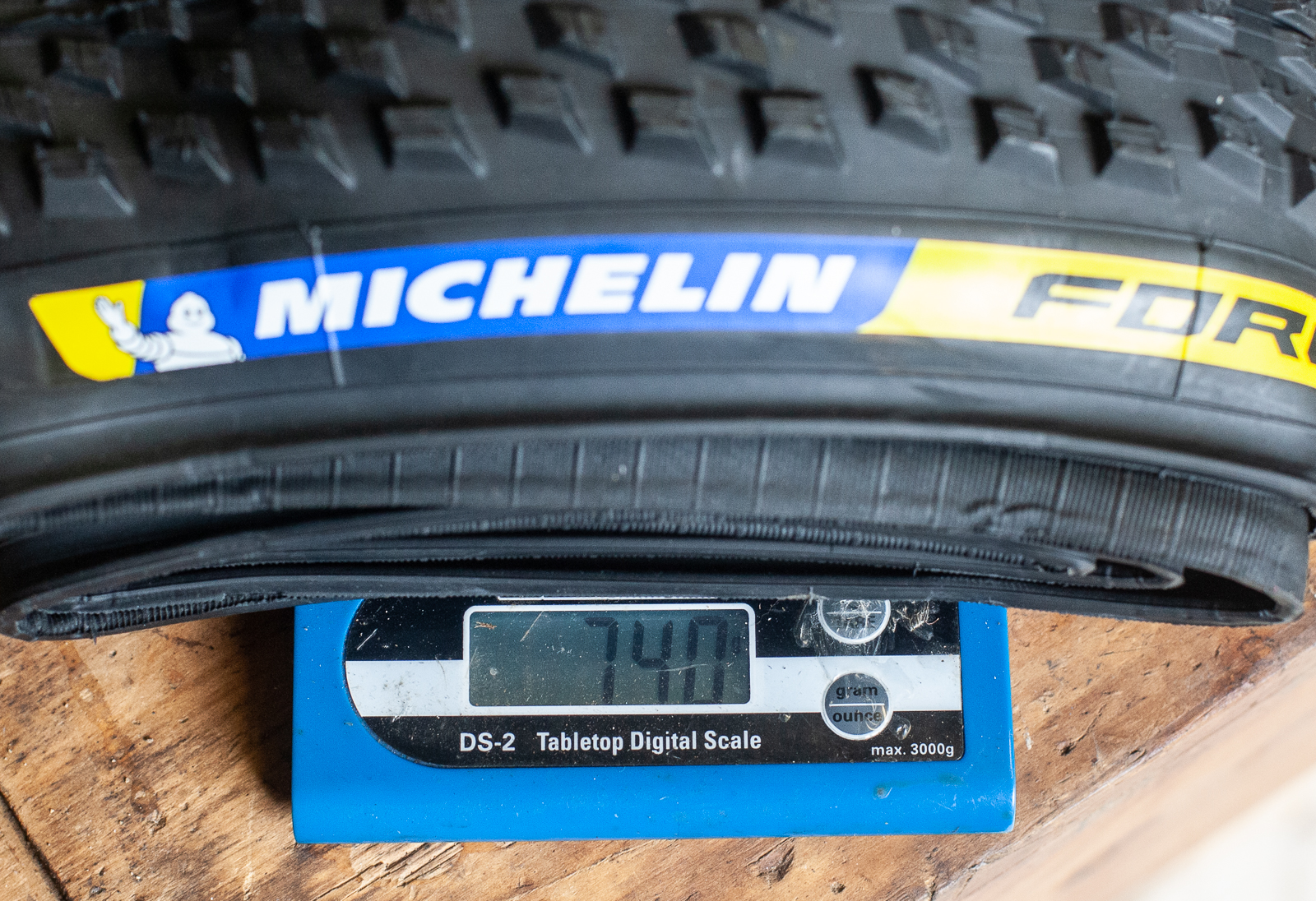
The Force is Michelin’s dry to mid conditions tyre, compared to the semi slick Jet (which isn’t stocked in Australia). The tyre comes in 2.1”, or the 2.25” model tested here (740g). On a 30mm rim it inflated to 61mm wide, it was a hair over 60mm on the 29mm internal rim.
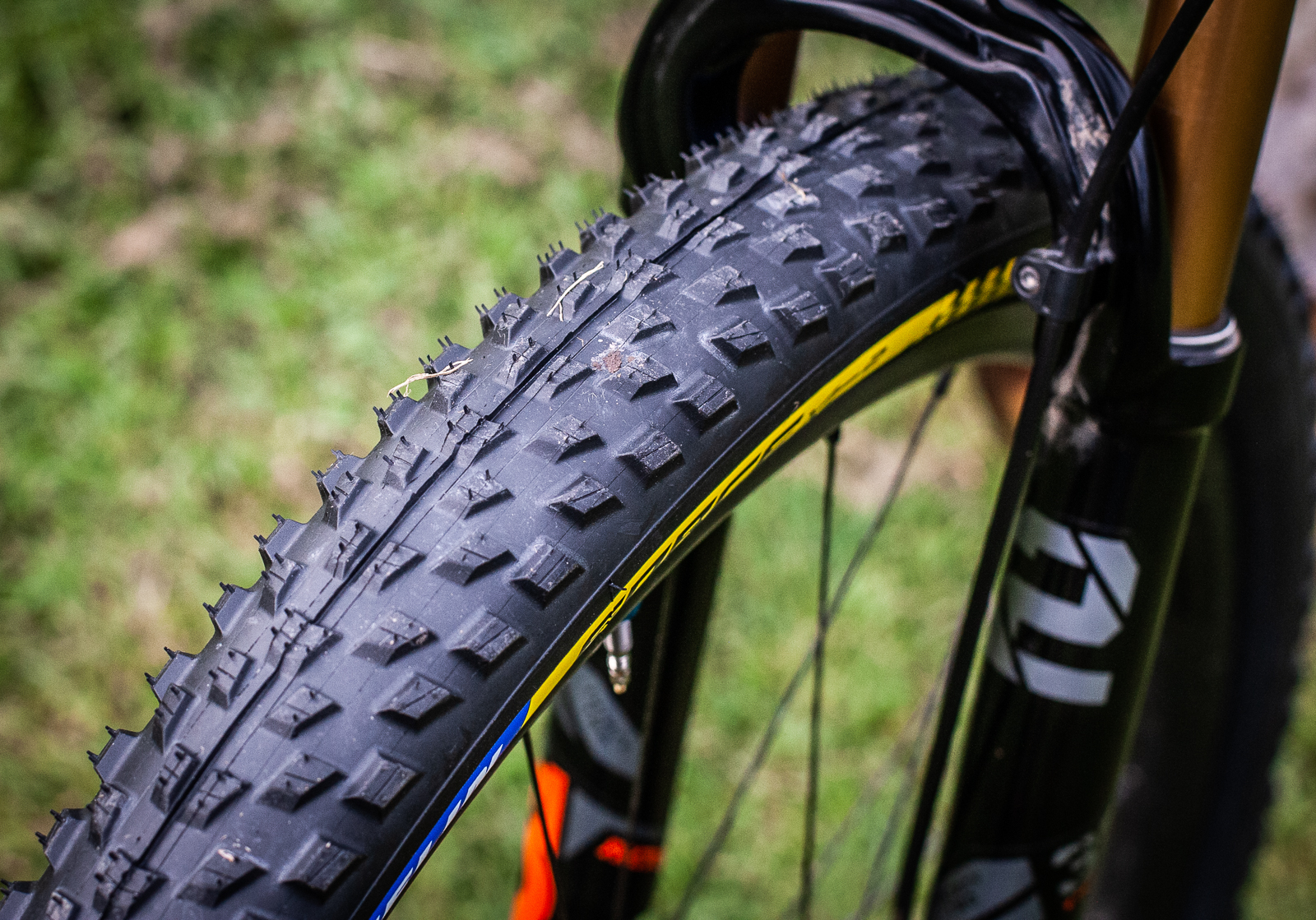
Visually, it looks a lot like a Maxxis Rekon at first, although the tread tends to have more aggressive ramped edges and the centre tread is a lot lower. Partnered with the fast rolling rubber, this would play a big role in the tyres rolling speed. While this is a tyre suited to front and rear use, I mostly used it on the rear with the Wild XC on the front, given the damp to wet conditions up and down the east coast during the testing period.
The edge knobs on the Force are similar to the Wild XC, with two outer edge knobs then one further in, all the way around. Mixed siping of lengthways to angled helps the tyre keep edges on the ground as needed.
Like the Michelin Wild XC, the Force has a nice round profile, although the edge knobs seem more pronounced given the low centre tread height. That low height and ramped tread does make for a very fast rolling tyre, but slick conditions were not the Force’s friend.
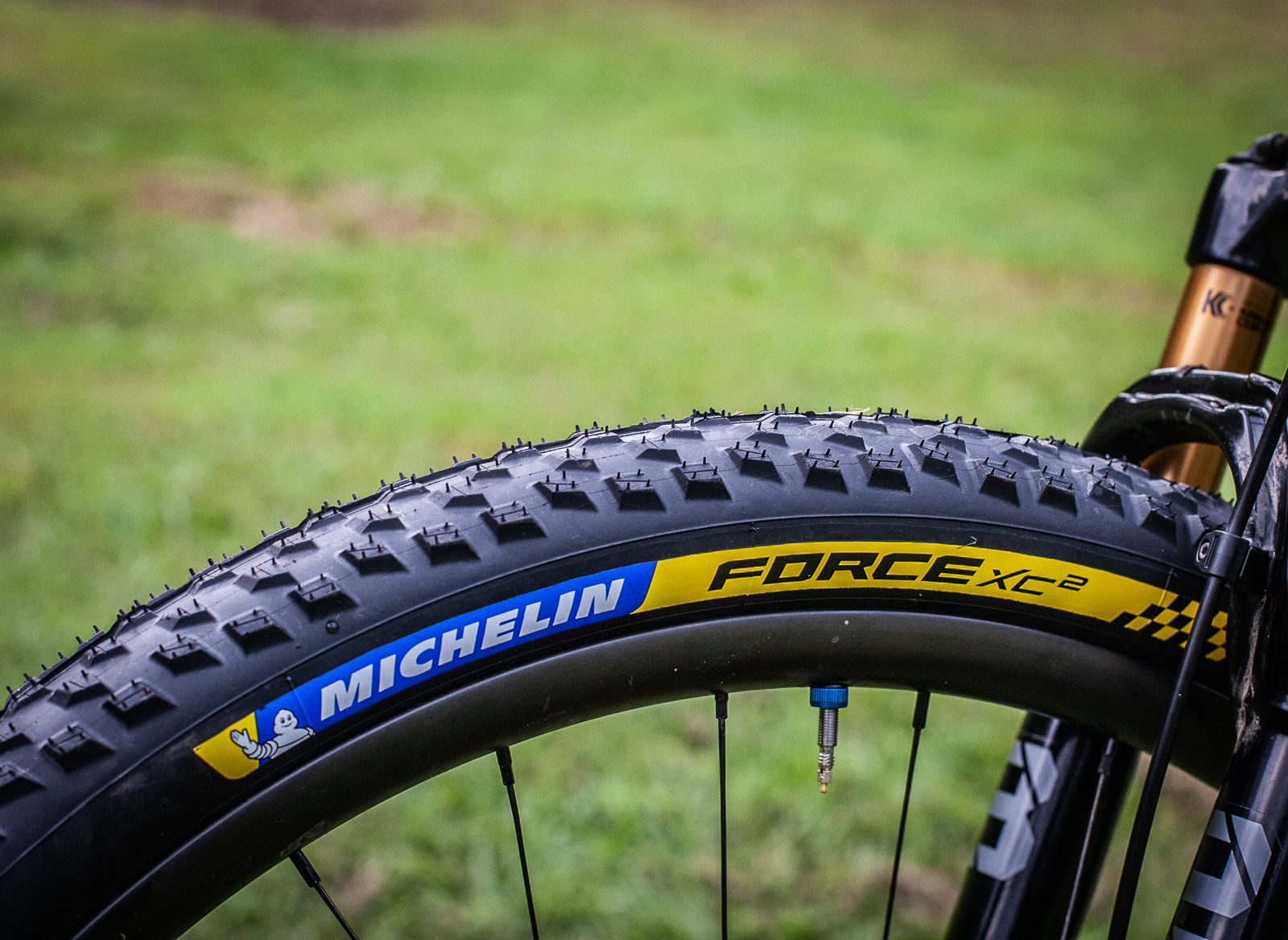
On the trail
The low centre tread and ramps would easily push through mud, but the edge knobs would catch. So unlike some tyres that slowly push and are consistent, the Force tends to push fast and then hook up and hold. It works well for aggressive riding where you want to throw the bike into a corner and have it hook up, and in a sense it was pretty fun having the back of the bike do that when it was used with the Wild XC on the front. But when using it on the front in damper conditions – it wasn’t much fun at all!
But Michelin don’t class the Force as a wet conditions tyre – it has been developed with their sponsored World Cup teams (along with the Wild and Jet) to suit drier and fast conditions. And in the drier conditions that did present themselves in the test period, the Force did really well. Of note, it didn’t hold mud in the tread much either.
Like any tyre with a little less aggressive tread in the centre, it won’t dig in as much under hard accelerations and braking on looser surfaces. But that is a completely acceptable sacrifice for a tyre that rolls fast and therefore gifts you so much speed the rest of the time.
The casing is pretty supple and I erred on the side of caution, running 21/23psi front and rear. I did sometimes run it lower but while in Tasmania I wasn’t interested in cutting a tyre.
Overall, I think the Force is a great all-rounder for dry conditions use. I’d be looking at a tyre like this for any of the short stage races around Australia, or single day marathons. The tyres roll fast, wear well, and the casing is high quality with puncture protection. Best of all, you still get excellent edge knob grip, and it really grabs you as a fail safe of sorts. If you wanted to add a little more versatility, I’d partner the Force with a Wild XC on the front for a wider performance window, if you’re not one to change tyres for conditions that often.
RRP: $139 ($129 for Performance)
From: bikecorp.com.au
Hits:
- High performance casing, rubber and tread design
- Ok the sidewall logos look awesome!
- Good tread wear
Misses:
- 29” only
- Expensive
Gravity more your thing? Watch our review on the Michelin DH range!
